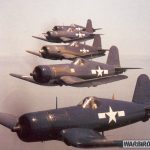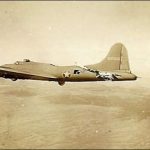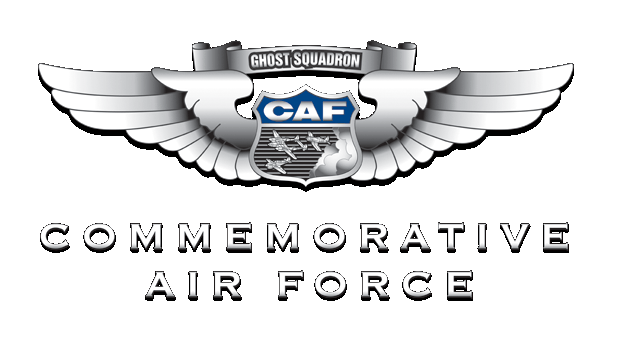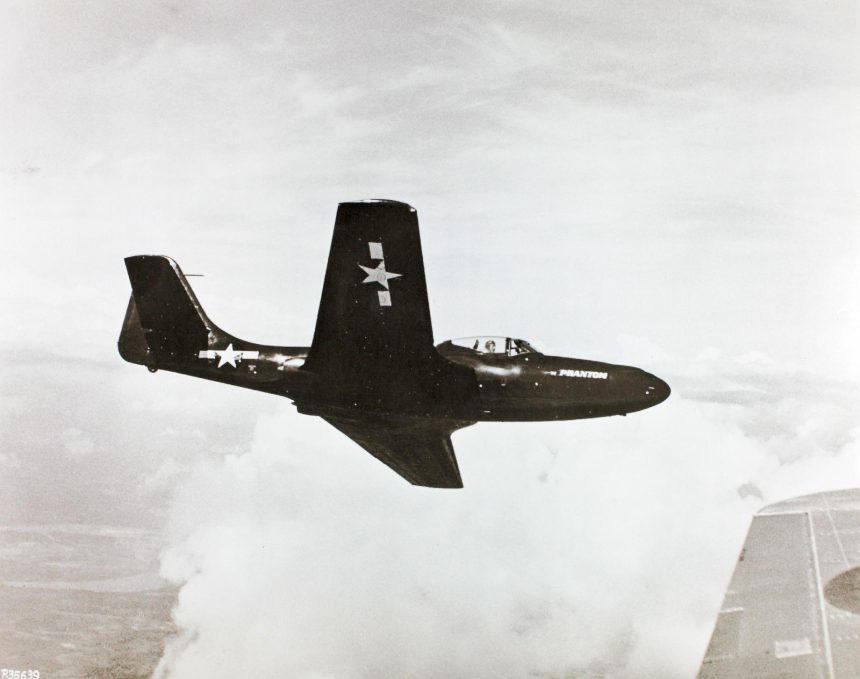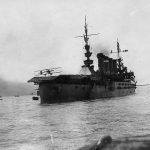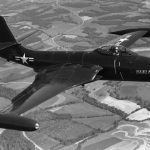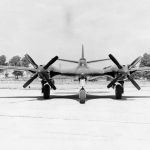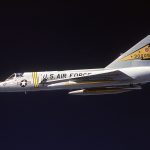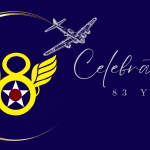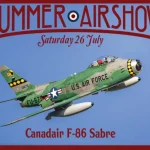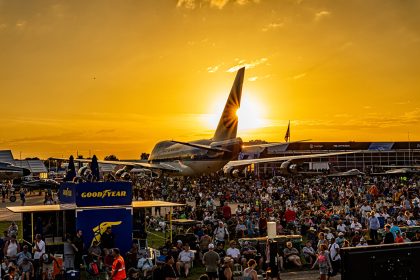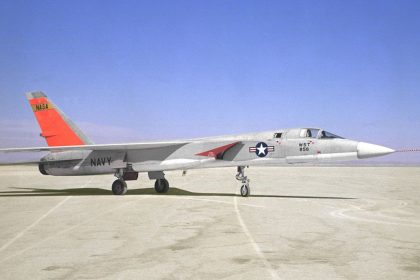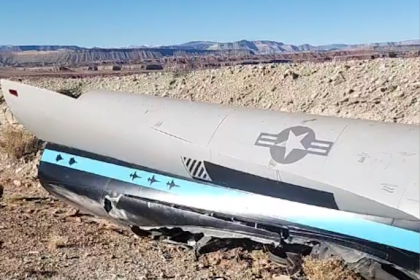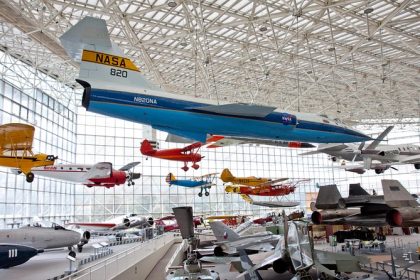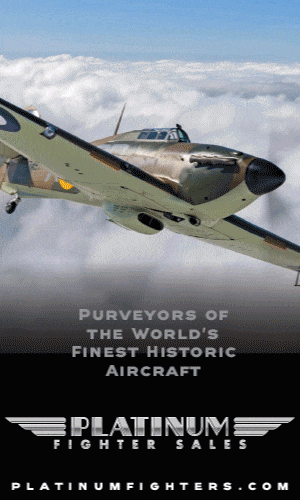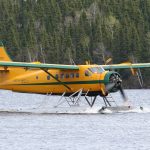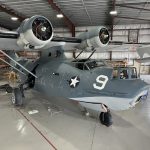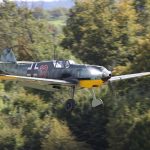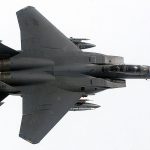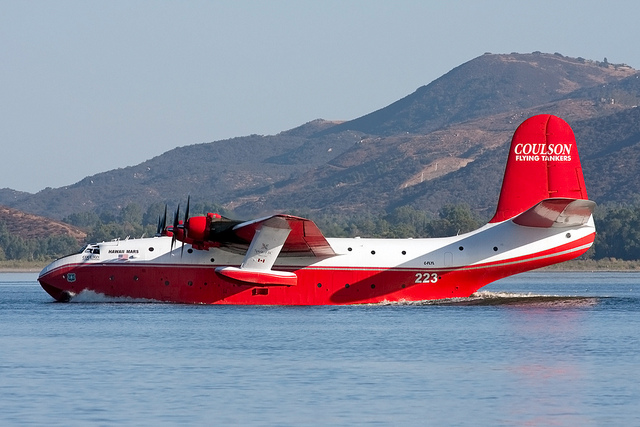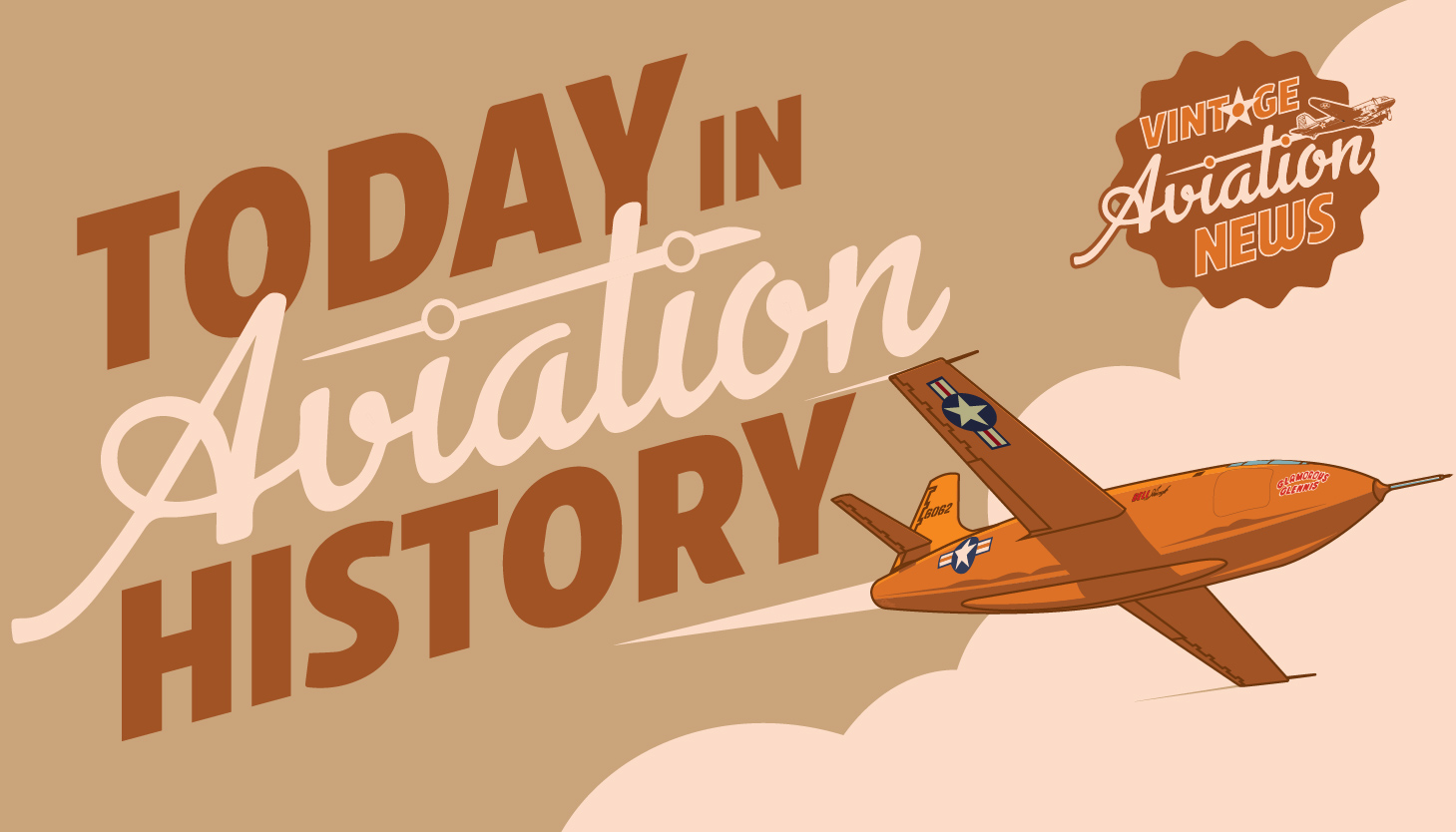
In August 1943, as the newly formed McDonnell Aircraft Corporation was working on their first aircraft, the XP-67 “Moonbat”, the United States Navy’s Bureau of Aeronautics requested that the company develop an all-jet, carrier-based fighter aircraft. The US Navy had gained its first experience in jet aviation with the Bell YF2L, two Army Air Force YP-59A Airacomets delivered for naval flight evaluation. Although the Airacomet was underpowered, the Bureau of Aeronautics realized that the jet engine was the next step in the evolution of aviation and thus were in need of an aircraft entirely powered by jet engines. Eager to prove themselves, McDonnell agreed to the proposition, and they began work on the Model 11A.
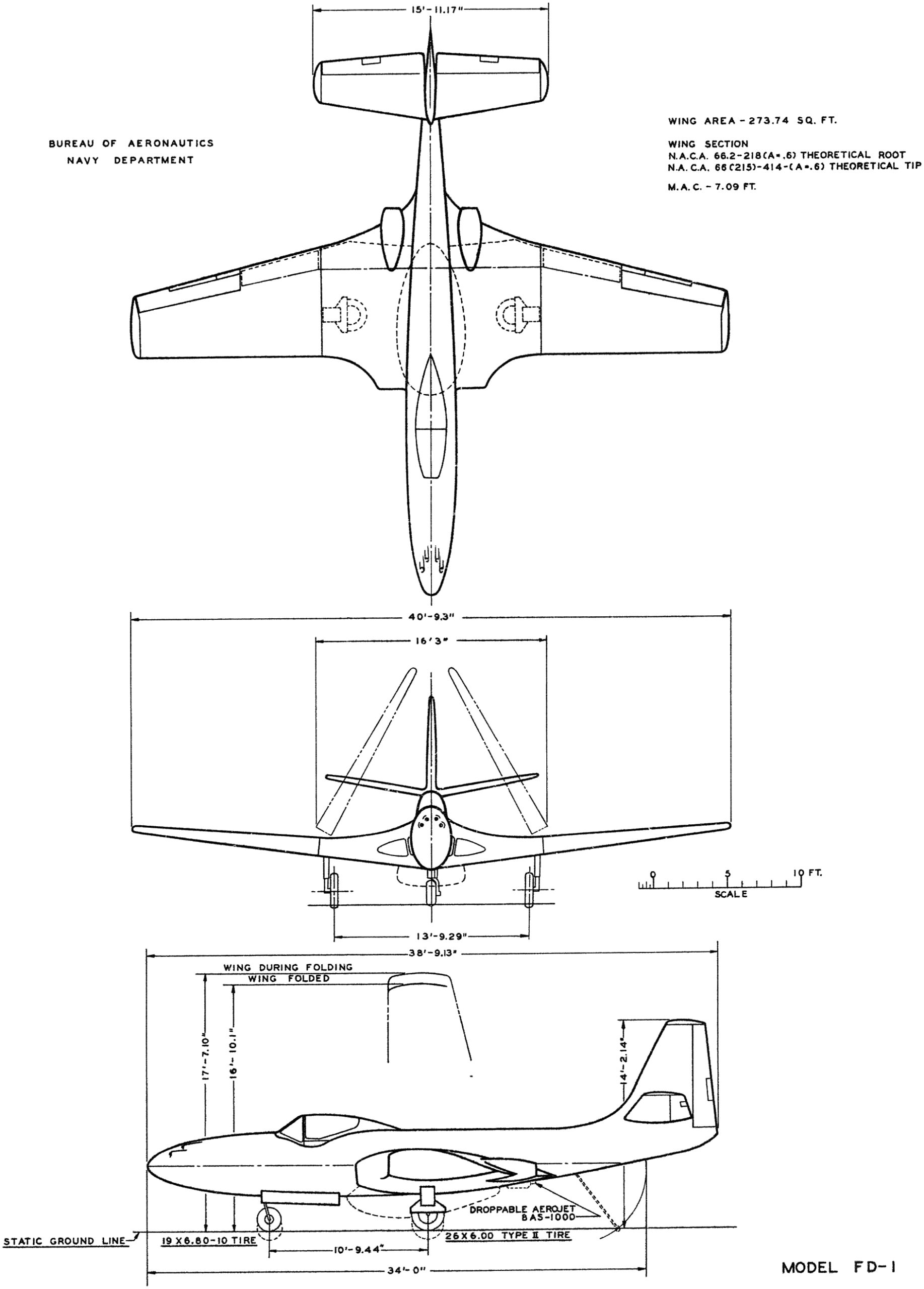
It was decided that the first American-designed axial-flow turbojet engine, the Westinghouse 19XB, (later redesignated the J30) would be used in the new design by McDonnell. The McDonnell Model 11A had its two engines buried in the wing roots as opposed to the wing-mounted nacelles of more conventional twin engine jets of the time such as the Gloster Meteor and the Messerschmitt Me 262, and the layout of the engines was also well thought-out, being angled slightly outboard to ensure the hot exhaust did not damage the tail. The fact that the engines were mounted in the center of the aircraft also meant that the cockpit could be moved forward to the nose, and that the aircraft could use a tricycle landing gear configuration, which combined with a bubble top canopy meant the design possessed excellent visibility for the pilot. Adding a tricycle landing gear configuration also reduced potential heat damage from the exhaust to the wooden flight decks of US carriers.
While jet engines were still revolutionary, especially for carrier aviation, other aspects of McDonnell’s design were more conventional, from the riveted aluminum skin to the folding wings for storage in the hangar deck, and the aircraft was armed with four nose mounted M2 Browning .50 caliber machine guns and racks for eight wing-mounted 5 in High Velocity Aircraft Rockets (HVARs). For better handling on takeoffs and landings, the design was fitted with split flaps for landing and provisions for Rocket Assisted Take Off (RATO) bottles for shorter takeoffs.
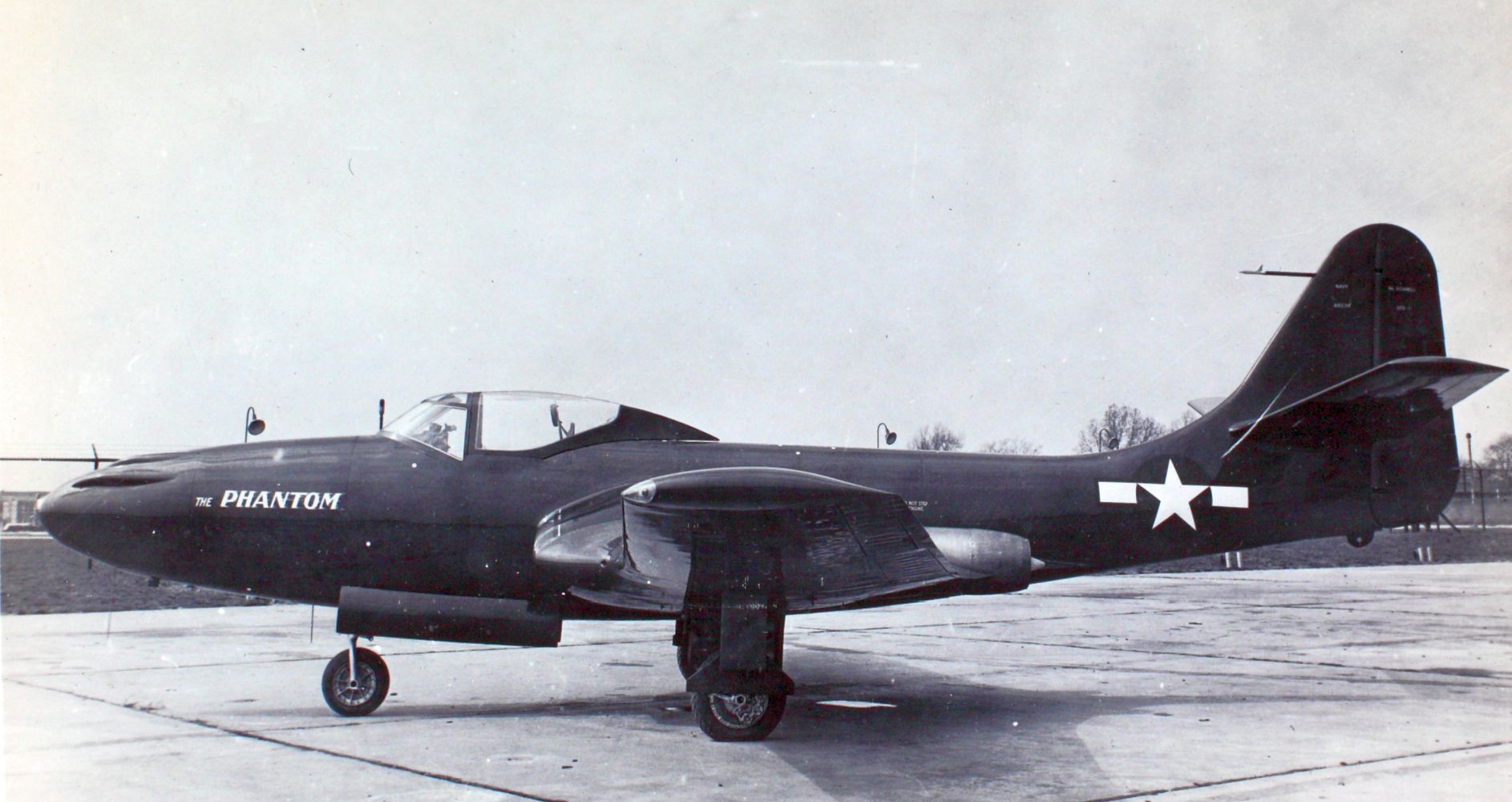
On January 26, 1945, the first XFD-1 Phantom prototype, Bureau Number (BuNo) 48345, made its first flight, with test pilot Edwin Woodward “Woody” Burke at the controls. At the start of the taxiing and flight trials, Westinghouse could only provide one 19XB engine for the XFD-1, so early taxi tests were completed with the one engine. These tests, however, had such favorable results that it was decided to attempt a flight test on just one engine. Though it did not fly far, the Phantom had proved it could fly, and even more so after receiving its second engine. During the subsequent trials, the XFD-1 Phantom was the first naval aircraft to exceed 500 mph in level flight, and the Navy was so impressed that they awarded McDonnell with a production contract on March 7, 1945. Unfortunately, on November 1, 1945, Woodward Burke was killed while flying XFD-1 BuNo 48235 stemming from controllability issues. By this point, however, a second prototype, XFD-1 BuNo 48236, had already been built and this aircraft carried on with flight testing.

On July 21, 1946, XFD-1 BuNo 48236 became the first all-jet-powered aircraft to operate from an American aircraft carrier when Lieutenant Commander James Jennings Davidson landed aboard the USS Franklin D. Roosevelt (CV-42) off the coast of Norfolk, Virginia. A year later in August 1947, the first operational FH-1 Phantoms were delivered to VF-17A, which by May 5, 1948, received a full complement of Phantoms for their deployment aboard the USS Saipan (CVL-48), becoming the Navy’s first fully operational jet squadron. In November 1947, Marine Fighter Squadron 122 (VMF-122) received the FH-1 Phantom, becoming the first USMC jet squadron.
The FH Phantom also secured another first by becoming the first jet to be used by a US Navy demonstration team. Although the Blue Angels were still flying the Grumman F8F Bearcat at the time, three admirals (Edgar Allen Cruise, Daniel Gallery, and Apollo Soucek) formed the short-lived Gray Angels, which were then superseded by the first and only Marine Corps aerial demonstration team, which was attached to VMF-122, and known as the Marine Phantoms/Flying Leathernecks.
However, the McDonnell FH Phantom’s career would be a brief one. Rapid advancements in jet technology led to more powerful engines for new aircraft, and the aircraft’s limited range, even with an added belly tank, restricted the Phantom to being a point-defense interceptor, rather than going on missions that required longer ranges such as escort duty. Another Achilles heel for the FH Phantom was the fact that it was unable to carry bombs, only unguided rockets, at a time when recent combat experience in WWII demonstrated that naval fighters could double as strike aircraft/fighter bombers, and live fire exercises showed that the four machine guns, which mounted in the upper portion of the nose, caused blinding muzzle flash, and the cockpit was not designed to accommodate the ejection seat.
In light of these factors, McDonnell developed a successor to the Phantom in the F2H Banshee, which had originally been intended as modification to the existing Phantom before it was evident that the necessary performance increase required a whole new aircraft. At the same time, Grumman introduced its first jet aircraft, the F9F Panther, and by the time the Korean War broke out in the summer of 1950, the FH Phantom was phased out of both USN and USMC frontline squadrons in favor of either the Banshee or the Panther, with the remaining Phantoms having been reassigned to US Naval Reserve (USNR) units as jet trainers by 1949, having never fired their guns in anger. By July 1954, the last FH-1 Phantoms had been retired as the first Navy swept-wing fighters came to replace the Panthers and Banshees from frontline units as well. Only 62 examples were ever built.
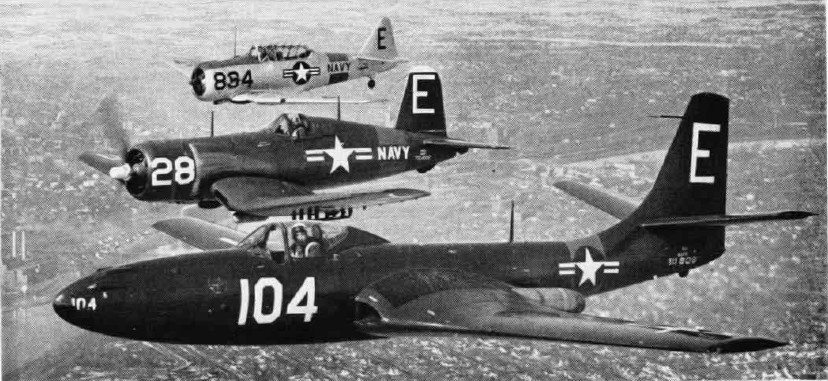
Today, just three McDonnell FH-1 Phantoms have survived to go on display in museums across the United States. Bureau Number 111759 is in the collections of the Smithsonian Institution’s National Air and Space Museum, having been displayed in Washington, D.C. but kept in storage due to ongoing renovations. BuNo 111768 can be found in the Pima Air and Space Museum in Tucson, Arizona while on long-term loan from the National Museum of the Marine Corps in Triangle, Virginia, and BuNo 111793 is on display at the National Naval Aviation Museum in Pensacola, Florida.
While the McDonnell FH Phantom may have had a short career, it still represents an important milestone in the history of US naval aviation as being the first purely jet-powered aircraft flown off of American aircraft carriers, and the first jet aircraft flown by the United States Marine Corps. Within ten years of the first flight of the XFD-1 Phantom, McDonnell Aircraft was a leading producer of naval jet fighters, and would eventually begin work on another Phantom, which would become one of the longest-lasting and most widely exported fighter aircraft in military aviation, the F-4 Phantom II.
Today in Aviation History is a series highlighting the achievements, innovations, and milestones that have shaped the skies. All the previous anniversaries are available HERE




